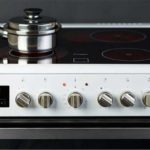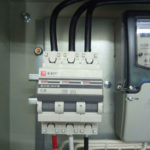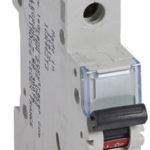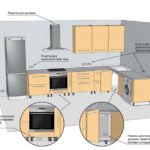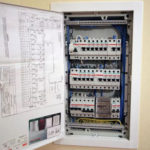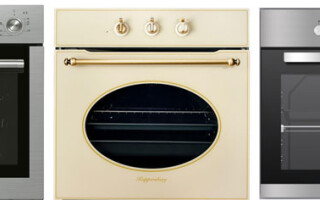When making repairs in the kitchen, the question very often arises: how exactly to connect the hob and oven so that it is safe and does not require a lot of effort and money? Manufacturers and sellers of electrical appliances always recommend entrusting the connection to professionals, but most often this service is expensive or is an additional option imposed by the seller on the buyer.
As practice shows, the issue of connecting an oven and a hob can be solved independently even by a person who has never been connected with an electrician, but who has a desire to understand this and at least a minimal set of tools.

Next, we will understand this difficult matter: how do you still connect the hob and oven?
Content
Electric oven and hob power
The first and most important thing you need to know for the competent production of these works is is the power of connected devices.
The power of the electric oven and hob is related to the selected operating mode of the appliance and the number of burners involved. But to calculate the electrical connection diagram and subsequent safe operation, we only need to know the maximum power of the oven and stove, which is measured in Watts (Tue) or kilowatts (kW).
The maximum power of electrical appliances is always indicated on the device itself, on its packaging and in the operating instructions. So for the oven, depending on its type, model and availability of additional functions, the maximum power varies from 2.5 kW to 4 kW, for a hob this value can take from 6 kW to 9 kW.

Calculation of consumable parameters
After we figured out the power of the oven and hob, you need to assess the condition of the electrical wiring in your apartment (or at home) and, based on these data, draw up a connection diagram and calculate the parameters and consumption of materials.
Connecting the oven and hob is of two types: separate and joint. Separate connection is that for each device from electrical panel a separate cable of the required section is laid, which is carried out at the stage of overhaul or construction. This method is labor-intensive and impossible in the presence of a fine finish, but is optimal and safest.
A joint connection is used when there is only one cable line for connecting powerful electrical appliances and in conditions of an already finished fine finish.
The choice of the type and diameter of the cable section based on the power of the devices
When choosing the first type of connection, two options await us: both lines are already available or there is a need to pull an electrical cable from the shield. But in any of these cases, it is necessary to calculate the cross section of the power cable, compare it with what is available, or select the required cross section and type for its installation.
For the right cable selection you need to know an important point: for electrical wiring in residential premises, according to the PUE, a three-core cable made of copper, covered with non-combustible insulation, should be used. Aluminum wires in the electrical wiring of an apartment or house are a relic of the Soviet past and are now not used due to the presence of significant shortcomings in comparison with copper ones.
According to the rules for gaskets The following types of cable are used in the apartment:
- for power lines from the switchboard for powering powerful electrical appliances (hobs) is used by VVG-3 with a cross section of 6 mm2 (VVG 3x6);
- for mounting the main wiring lines and leads to sockets (ovens) VVG-3 is used with a cross section of 2.5 mm2 (VVG 3x2.5) or section 4 mm2 (VVG 3x4);
It is also possible to use an NYM electrical cable of appropriate specifications.
The choice of the final section for the cable is calculated according to the total maximum power of the connected electrical appliances to this line and is based on the fact that the section of the electrical wiring must withstand the rated load, limited by the circuit breaker in the switchboard.
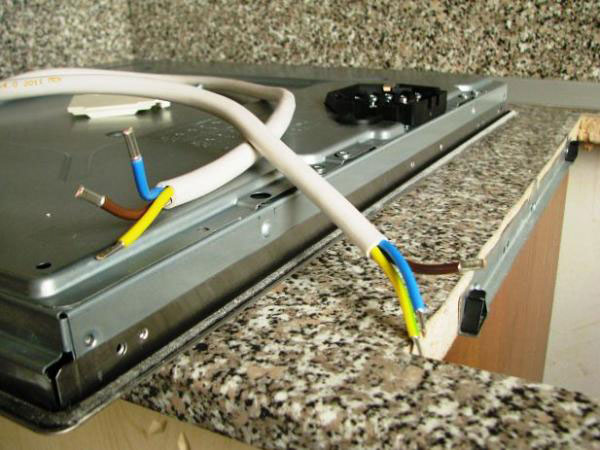
What should be the ratings of the circuit breaker and RCD
Now let's move on to circuit breaker selection and decide whether there is a need to use a residual current device (RCD) on the hob or oven line.
According to the standards, in order to choose the right circuit breaker, you must be guided by the following data:
| Cross section of copper wires | Permissible current | Maximum power with a single-phase connection in a 220 V network | Rated current of the circuit breaker | Approximate load |
|---|---|---|---|---|
| 1.5 sq.mm | 19 A | 4.1 kW | 10 A | Lighting and signaling |
| 2.5 sq.mm | 27 A | 5.9 kW | 16 A | Outlets and underfloor heating |
| 4.0 sq.mm | 38 A | 8.3 kW | 25 A | Air conditioners, water heaters, standard ovens |
| 6.0 sq.mm | 46 A | 10.1 kW | 32 A | Hobs, electric stoves, powerful ovens |
Based on this table, for connecting the hob and oven, we can choose the section of the electrical cable and the circuit breaker for each line. So, for an oven with a power 3.5 kW 2.5 mm cable must be used2 and an automatic machine with a rating of 16 A. For a hob with a power of 8.5 kW we will use a 6 mm cable2 and automatic 32 A.
The next question that often arises when connecting kitchen appliances is whether it is worth installing residual current device (RCD) together with the circuit breaker?
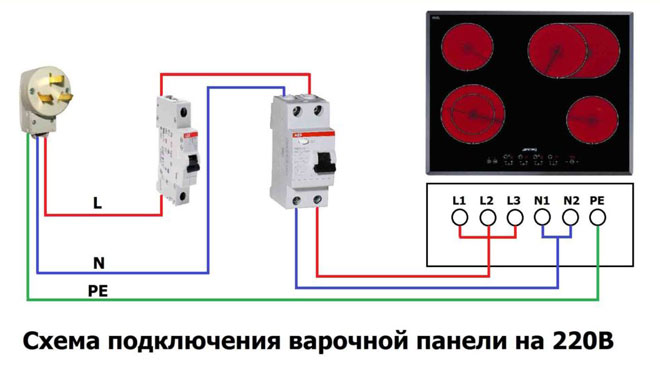
The circuit breaker protects the line from short circuit and overload, and, consequently, from overheating of the wiring. The RCD is also necessary to turn off the power in the event of a current leakage to the body of the connected devices and to prevent electric shock to a person.
The need to install an RCD for kitchen appliances is not regulated, but recommended. It often happens that after several years, with the active use of the device, any internal electrical cable may be frayed or damaged and a “breakdown” may occur on the device case. In damp rooms or if water is spilled on the appliance, current leakage may also occur. Touching such a device can lead to electric shock, the consequences of which are very sad. In the presence of an RCD, the power to this line will be turned off before the moment of electric shock to a person, and will prevent unpleasant consequences.
Selecting the rating of the residual current device not complicated: the rated current must be higher than that of the residual current circuit breaker. For example, if the machine is 16 A, then you should choose an RCD with a nominal value of 25 A. RCDs are also selected based on the leakage current: for leased lines, devices with a trip threshold of 10mA are most often used.
Note! The rating of the RCD is the value of the maximum switching current of the contacts, at which the RCD will maintain its performance.
With the development of technology, devices have appeared on sale that combine a circuit breaker and an RCD. This device is called differential automaton. The advantage of such a device is its compactness in the electrical panel and the absence of the problem of selecting an RCD to the switch. The undoubted minus will be the price: slightly higher than the RCD kit + automatic.
Connection options: direct, socket with plug or terminal block in the junction box
There are several ways to connect the oven and hob to the mains:
- directly to the line that comes from the electrical panel;
- with a power cord:
- to the socket of the required power;
- to the machine installed nearby in a special shield;
- on the terminal block fixed in the junction box near the device.
Directly the oven and hob are connected with a sufficient length of the electric cable from the wall to the device. There is nothing complicated in such a connection, because the information is always indicated in the instructions for the device. Each device must be connected to its own line according to the operating instructions.
What socket and plug do you need?
The socket with a plug is the most common way to connect all electrical appliances, including the oven and hob. household sockets come with a nominal value of 16A and 32A. The choice of sockets, as well as when choosing a cable with automatic machines, depends on the power of the connected device. When connecting such powerful electrical equipment as stoves, it is necessary to use sockets with a nominal value of only 32A. Suitable socket for oven 16A. It is better to choose a well-known manufacturer: ABB, Legrand, Schneider Electric, etc. It is not recommended to install an outlet on the line to which the hob and oven are connected at the same time.It is preferable in this case to use the connection through the machines.
A powerful line is connected to the machines installed nearby in a special box, designed to use several electrical appliances.
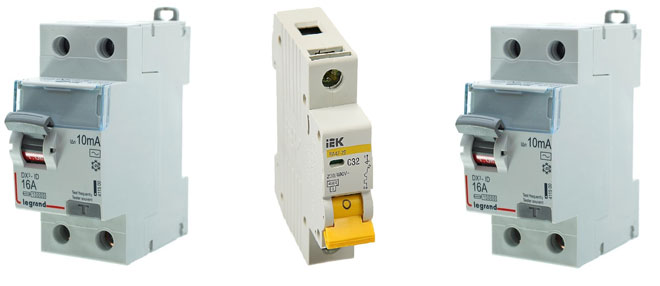
In this case, a powerful line (e.g. 6 sq. mm) are brought into a special box, circuit breakers are installed on each electrical appliance (+ RCD if mounting with this device is selected) and the appropriate devices are connected to the machine. The main rule to remember with this connection: the value of the machine protecting the power line and the electric cable must be higher than or equal to the sum of the values of the machines connected to this cable. For example, if in the main electrical panel this line is 6 square meters. mm protects the machine with a face value 32A, then in a special box near the connected devices there should be no more than 2 machines for 16A.
Terminal block selection
Connect to the terminal block fixed in the junction box next to the devices by analogy with a socket. The difference between this method and the socket: a more reliable one-piece connection. When connecting in this way, it is necessary that the electrical cable suitable for the terminal block matches the power of the devices connected to it. As with all other components, the terminal blocks are selected based on the power of the devices and the rated current.
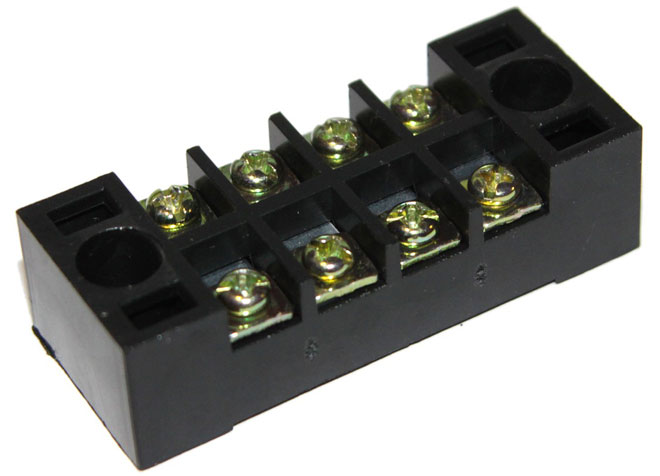
Attention! For hobs, 16 A terminal blocks are not suitable, buy 32 A.
With separate lines to the oven and hob, it is recommended to use a direct connection, using sockets or terminal blocks. Devices are connected to the machines to one power line when it is not possible to lay an additional line if there is a fine finish.
Choosing a location for the outlet
If the choice fell on connecting the oven and hob to the outlet, then an important question arises: where exactly should it be located? Naturally, it is not aesthetically pleasing to place sockets above the work surface, so you need to find a hidden installation site with good access to enable / disable the device.
Device manufacturers recommend that sockets should not be located behind connected electrical appliances. The best choice of location would be the lower part of the wall at the level of the plinth of the kitchen set under the appliance or on the wall with access from the adjacent cabinet.
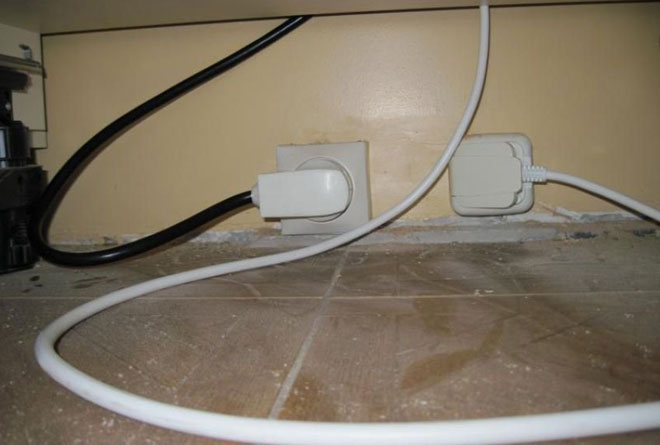
Performing installation work
The main thing when performing electrical work is compliance with safety rules. Always work only with the power off.
Plug and socket connection
To connect the plug, strip the wire from the oven or stove, if the wire is stranded, then crimp it with NShV lugs and pass it through the plug body. Phase and zero are mounted on the extreme contacts of the plug. Yellow-green ground wire - to the middle contact. To prevent the wire from dangling inside the plug, clamp it with a clamp and twist the plug body.
The socket is connected in the following way: the socket is mounted in the required place, the socket housing is removed and the power line is connected to it. Mount the phase and zero on the extreme contacts of the socket. Yellow-green ground wire - to the middle contact. Next, screw the socket housing.
Cable connection diagrams for the oven and hob
There are two main connection schemes electric stoves or hob: single-phase and three-phase.The connection is made to the terminals, the hob, which can be accessed through its back cover - it is unscrewed and removed. Pay attention to the color marking on the terminals - this will allow you not to make a mistake, read the connection instructions and safety requirements.
Single-phase circuit 220V (most common in apartments)
Phase L is simultaneously connected to terminals L1-3 of the hob. To do this, two removable copper jumpers are installed between them at the factory. If for some reason you don’t have jumpers, you can make them yourself from an electrical cable, the cross section of which is not less than that of the supply cable. Zero N is connected to terminals N1-2. Protective conductor PE – to the PE terminal.
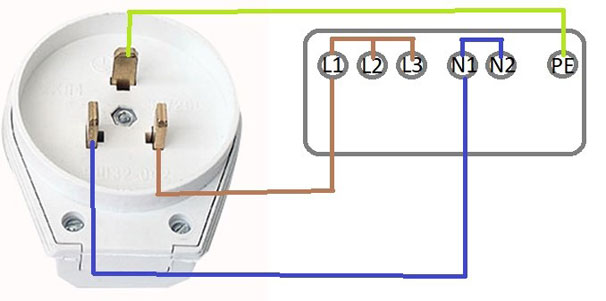
Three-phase circuit 380V (common in private homes and businesses)
Phases A, B, C - are connected to terminals L1-3 of the hob. In this case, it is necessary to remove the jumpers installed at the factory between terminals L1-3. Zero N is connected to terminals N1-2. Protective conductor PE – to the PE terminal.
Connecting the oven is much easier. Most often, such devices already come with an electric cord with a plug for connection, so the euro plug is simply inserted into the euro socket. To connect to machines or terminals, it is best to use a separate cable, because if you cut off the plug from the cable from the kit, this can significantly affect the warranty for this device.
The connection diagram of the oven is always in a single-phase version:
- Phase L is connected to terminal L of the oven;
- Zero N is connected to terminal N;
- Protective conductor PE – to the PE terminal.
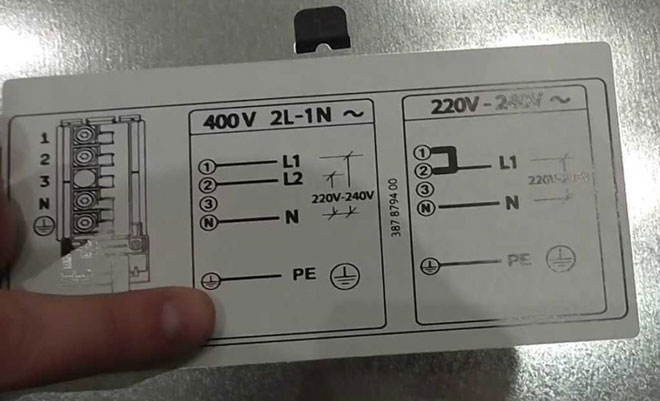
Common Mistakes
The most common errors when connecting the hob and oven are:
- Incorrect selection of the cable section. As mentioned above, the cross section of the electrical cable is selected based on the total maximum power of the connected devices.
- It happens that when connected to a single-phase network, some burners on the appliance do not work. This may be due to the lack of jumpers between the phases when connecting the power cord.
- The wrong choice of the location of the outlet is also very common: after installation, it is impossible to get to the plug and disconnect the device from the network.
So we figured out all the nuances of connecting the hob and oven. Remember that the health and life of all family members, as well as the serviceability and durability of electrical appliances, depend on how correctly the electrical equipment is connected.
Similar articles:

